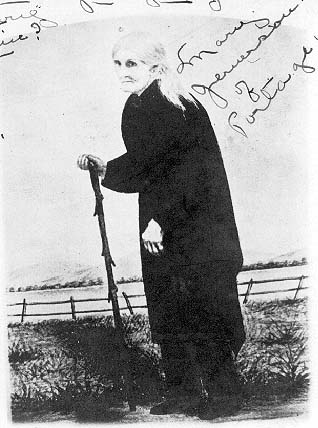SUNY Geneseo
At present, SUNY Geneseo, is in the heart of what was Seneca territory. The school is less than five minutes away from the Genesee river, and is only about fifty minutes away from Lake Ontario.
It’s said that James Wadsworth, one of the two Wadsworth brothers who originally settled the area, was very interested in public education, so in 1867 he helped get the Wadsworth Normal School chartered by the state legislature. That school eventually became SUNY Geneseo.
Many of the buildings on campus have taken their names from important native people, tribes and white settlers from Geneseo’s history. All of the residence halls on SUNY Geneseo’s campus are named after counties in New York State, however many of the counties are named after Haudenosaunee and other native tribes in and around what is now New York State. For example, there’s the Seneca, Genesee, Allegany, Onondaga, and Erie residence halls.
Two of the dining halls on campus take their names from the important historical figures Mary Jemison and Red Jacket.
Mary Jemison:

Mary Jemison was a white woman born to an Irish/Scottish immigrant family coming to the New World, only to later be adopted by the Seneca nation during her teens. She became known as a “the white woman of the Genesee” among the settlers.
The story of Mary Jemison’s life is crucial to studying the relationships between white settlers and native nations, as well as the gender roles existing within the matriarchal Haudenosaunee society.
Mary Jemison is a crucial figure for the the land which SUNY Geneseo resides on. Not only did she live on this land but she is also currently buried here, at Letchworth State Park. Additionally, Mary Jemison was one of many Haudenosaunee people present at the Treaty of Big Tree, a pivotal point in Geneseo’s history and the history of America in general.
Red Jacket:

Red Jacket was a Seneca orator and chief of the Wolf Clan who lived from 1758-1830. He was an important figure because he stood at the helm of negotiations regarding Seneca territory, and he gave many speeches including his famous speech, “Religion for the White Man and the Red.” He was also present at negotiations for the Treaty of Big Tree.
Brother: we do not wish to destroy your religion or take it from you. We only want to enjoy our own."
Despite the presence of native names on SUNY Geneseo’s campus, and in the wider Geneseo community, there are no indications on or in the buildings themselves, or on SUNY Geneseo’s website, that these names came from the natives that originally inhabited the land on which the school sits.
The question is: How did this land change hands, and what happened to the Senecas?